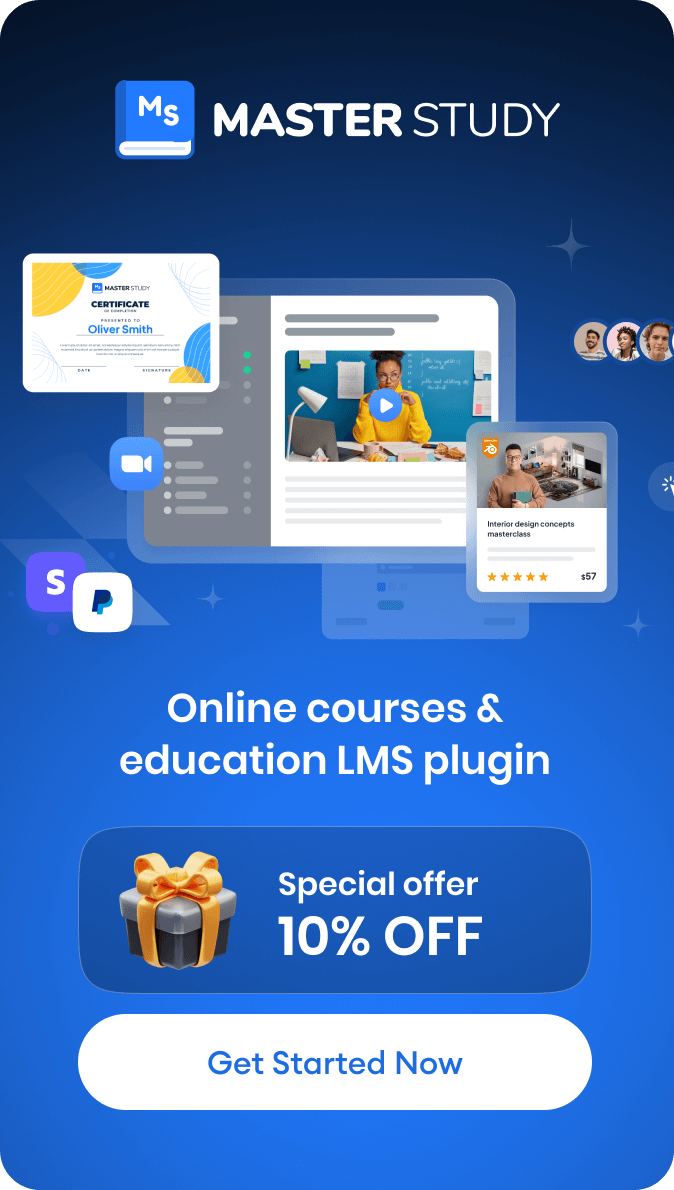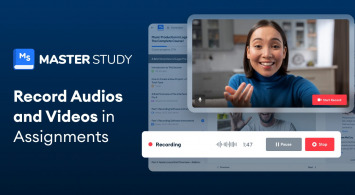Are you considering incorporating online learning into your education program but need help determining which approach is right for you?
Hybrid and blended learning are popular models combining traditional face-to-face instruction with online learning. Although they might appear to be quite alike, there are several crucial distinctions between the two approaches.
In this blog, we’ll delve into the definitions of hybrid and blended learning and explore the key characteristics that set these two models apart.
By the end, you’ll have a better understanding of the pros and cons of each approach and be able to make an informed decision about which model is best suited for your needs.
Content Outline
- What is hybrid learning?
- What is blended learning?
- Difference between hybrid and blended learning
- Use cases: Hybrid learning vs Blended learning
- Wrapping Up
What is hybrid learning?
Hybrid learning is an education model that combines traditional face-to-face classroom instruction with online learning. This model allows students to take advantage of the flexibility and convenience of online learning.
In a hybrid learning model where some students attend in person while some participate online, the in-person and online components of the instruction are typically synchronized so that all students are working on the same material simultaneously.
This learning model may involve video conferencing tools or other technology to enable real-time interaction between in-person and online students. The goal of the hybrid learning model is to provide a flexible and convenient learning experience that meets the needs of all students, regardless of their location or availability.
What is blended learning?
Blended learning is a type of education model that combines traditional face-to-face instruction with online learning. In a blended learning environment, students may complete some of their coursework online and come to class for additional instruction, small group work, or to receive support from their teachers. The specific details of a blended learning program can vary depending on the school or institution implementing it.
In a blended learning model, the online and in-person components of the instruction are typically integrated, with students moving back and forth between the two modes of learning. This model aims to provide students with a flexible and personalized learning experience that takes advantage of the best features of both online and face-to-face instruction. Blended learning can be an effective way to engage students, increase retention of material, and improve academic outcomes.
Difference between hybrid and blended learning
| Hybrid Learning | Blended Learning |
| Combines traditional face-to-face instruction with online learning. | Combines traditional face-to-face instruction with online learning. |
| In-person and online instruction components are synchronized, with all students working on the same material simultaneously. | Online and in-person components of instruction are integrated, with students moving back and forth between the two modes. |
| In-person component is the primary mode of instruction, with the online component serving as a supplement. | The proportion of instruction delivered online and in person can vary, with some programs having a greater emphasis on one mode or the other. |
| Suitable for students that can’t attend classes in-person. | Students don’t get the choice to attend the classes online or in-person |
| Suitable for subjects that don’t require the physical presence of students. | Suitable for subjects that require students to be physically present at times. |
This is one possible way to compare hybrid and blended learning. There are many other factors that we can consider, and the suitability of each model may depend on the specific needs and goals of a particular student or program.
Use cases: Hybrid learning vs Blended learning

Here are two scenarios that illustrate a clear difference between hybrid and blended learning:
Scenario 1
In a hybrid learning scenario, a high school math teacher is teaching a class of 30 students. 15 of the students are physically present in the classroom, while the other 15 participate online via a video conferencing tool.
The teacher spends the first half of the class period delivering a lecture and working through problems with the in-person students and then spends the second half of the class meeting with the online students to review the material and answer questions. The online students can see and hear the teacher in real-time and interact with the teacher and their in-person classmates through video conferencing.
Scenario 2
In a blended learning scenario, a college biology course is offered to 50 students. The course is structured so that students complete most of the coursework online, using a combination of pre-recorded lectures, readings, and interactive activities.
However, the students are also required to attend three in-person lab sessions during the semester, where they can conduct experiments, work with the equipment, and receive support from their instructor and teaching assistants. Between the online and in-person components of the course, students are expected to complete the same amount of work and learn the same material.
Difference: In the hybrid learning scenario, the in-person component of the instruction is the primary mode of delivery, with the online component serving as a supplement. In the blended learning scenario, the online component is the primary mode of instruction, with the in-person component serving as a supplement or support.
Wrapping Up
The most common difference between blended and hybrid learning is that blended learning is primarily used in a classroom setting. In contrast, hybrid learning can be used in a variety of settings.
Despite their similarities, the biggest takeaway from this post should be that both of these methods are beneficial to students’ education and can be used together to create an even better experience.
A good elearning tool can be a valuable asset in hybrid and blended learning. A tool such as WordPress LMS, which integrates seamlessly with e-commerce, page builders, Zoom, Google Classroom, and many more, can facilitate online synchronous instruction, conduct virtual online courses, and provide a space for online collaboration and engagement.






























